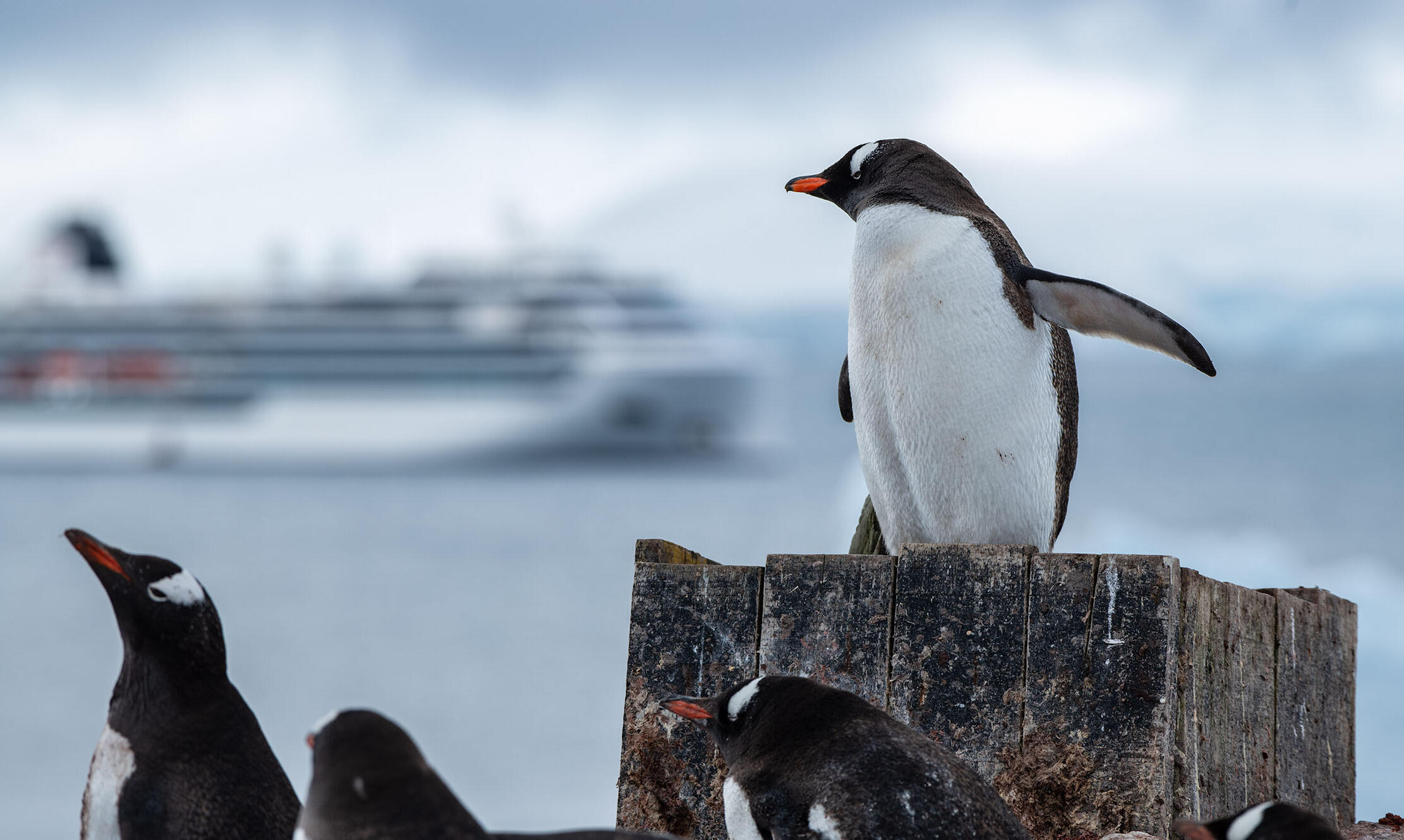Exploring Antarctica’s Penguin Colony

Have you ever wondered what it’s like to visit a penguin colony in Antarctica? Imagine standing on a vast, icy landscape, surrounded by thousands of these charming birds. Penguins waddle around, some diving into the frigid waters while others care for their young. The sight is nothing short of magical. Antarctica, the coldest continent, offers a unique opportunity to witness wildlife in its natural habitat. Visiting a penguin colony here isn't just about seeing penguins; it's about experiencing a world untouched by humans. Ready to learn more about this incredible adventure? Let's dive into the details!
The Fascination of Antarctica's Penguin Colonies
Antarctica, the frozen continent, holds a unique charm with its pristine landscapes and incredible wildlife. Among its most captivating inhabitants are the penguins. These flightless birds thrive in the harsh conditions, creating bustling colonies that are a sight to behold. Let's dive into some of the most remarkable penguin colonies in Antarctica.
1. South Georgia Island
South Georgia Island, located in the southern Atlantic Ocean, is home to one of the largest king penguin colonies in the world. This island offers a spectacular view of these majestic birds.
- King Penguins: Known for their striking orange and yellow plumage, king penguins are the second-largest penguin species. They gather in massive numbers, creating a sea of black, white, and orange.
- St. Andrews Bay: This bay hosts over 150,000 breeding pairs of king penguins. The sheer number of birds and their constant activity make it a must-visit spot.
- Wildlife Diversity: Besides penguins, South Georgia Island also boasts seals, albatrosses, and other seabirds, making it a wildlife enthusiast's paradise.
2. Ross Island
Ross Island, situated in the Ross Sea, is another prime location for observing penguin colonies. This island is particularly famous for its Adélie penguins.
- Adélie Penguins: These small, black-and-white penguins are known for their curious and playful nature. They are often seen sliding on their bellies across the ice.
- Cape Royds: Home to one of the southernmost Adélie penguin colonies, Cape Royds offers a unique opportunity to observe these birds in their natural habitat.
- Historic Sites: Ross Island also features historic huts from early Antarctic explorers, adding a historical dimension to your visit.
3. Paulet Island
Paulet Island, located in the Weddell Sea, is a volcanic island teeming with life. It is renowned for its large colony of Adélie penguins.
- Adélie Penguins: With over 100,000 pairs, Paulet Island's Adélie penguin colony is one of the largest in Antarctica. The sight of these birds nesting and caring for their chicks is unforgettable.
- Volcanic Landscape: The island's volcanic origin creates a dramatic backdrop for the penguin colony, with black sand beaches and rugged terrain.
- Historic Ruins: Paulet Island also features the ruins of a stone hut built by survivors of the Swedish Antarctic Expedition, adding an element of adventure to your visit.
4. Deception Island
Deception Island, part of the South Shetland Islands, offers a unique experience with its active volcano and diverse wildlife.
- Chinstrap Penguins: This island is home to a significant population of chinstrap penguins, easily recognizable by the narrow black band under their heads.
- Whalers Bay: The bay provides a sheltered harbor where penguins can be seen swimming and fishing. The remnants of an old whaling station add historical intrigue.
- Hot Springs: Deception Island's geothermal activity creates natural hot springs, allowing visitors to experience a warm dip in the midst of icy surroundings.
5. Macquarie Island
Macquarie Island, located between New Zealand and Antarctica, is a UNESCO World Heritage site known for its rich biodiversity.
- Royal Penguins: Unique to Macquarie Island, royal penguins are distinguished by their bright yellow crests. They form large colonies along the island's rugged coastline.
- Elephant Seals: In addition to penguins, the island hosts a significant population of elephant seals, adding to the wildlife spectacle.
- Research Stations: The island houses research stations where scientists study the unique ecosystem, providing insight into the lives of these fascinating creatures.
6. Snow Hill Island
Snow Hill Island, located in the Weddell Sea, is a remote and challenging destination, but it offers a rare opportunity to see emperor penguins.
- Emperor Penguins: The tallest and heaviest of all penguin species, emperor penguins are known for their impressive size and striking appearance. They breed during the harsh Antarctic winter.
- Icebreaker Expeditions: Reaching Snow Hill Island often requires an icebreaker ship, adding an element of adventure to the journey.
- Breeding Colonies: Observing emperor penguins with their chicks is a once-in-a-lifetime experience, showcasing the resilience and beauty of these remarkable birds.
Antarctica's penguin colonies offer a glimpse into a world of ice, snow, and incredible wildlife. Each location provides a unique perspective on these fascinating birds, making a visit to the frozen continent an unforgettable adventure.
The Magic of Antarctica's Penguins
Antarctica's penguin colonies offer a unique glimpse into a world few get to see. These birds thrive in one of the harshest environments on Earth, showcasing incredible resilience. Watching them waddle, swim, and interact is a reminder of nature's wonders. Their social behaviors, from nurturing chicks to forming large groups for warmth, are fascinating. Visiting these colonies isn't just about seeing penguins; it's about understanding their role in the ecosystem. They are crucial indicators of environmental health. Protecting their habitat ensures the survival of many other species. If you ever get the chance to visit, you'll leave with a deeper appreciation for these remarkable creatures. The experience is unforgettable, leaving lasting memories and a newfound respect for nature's resilience.

